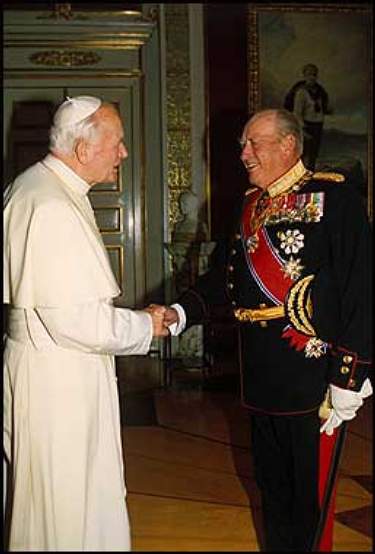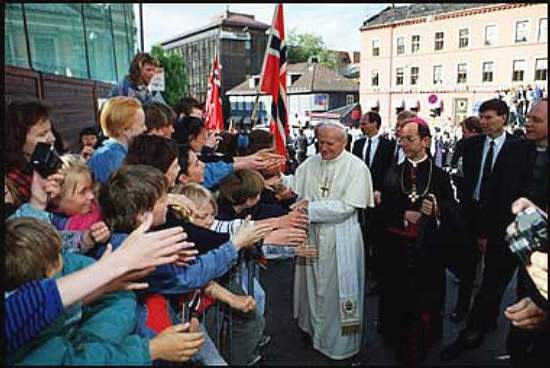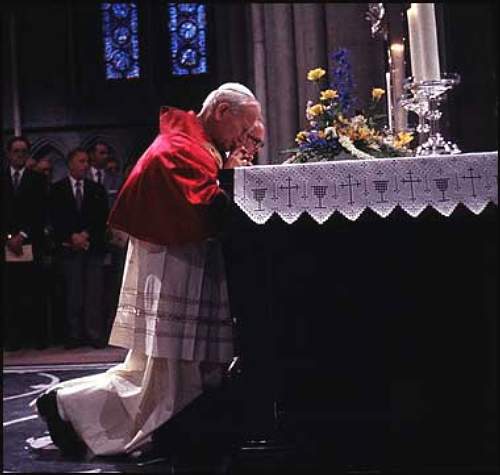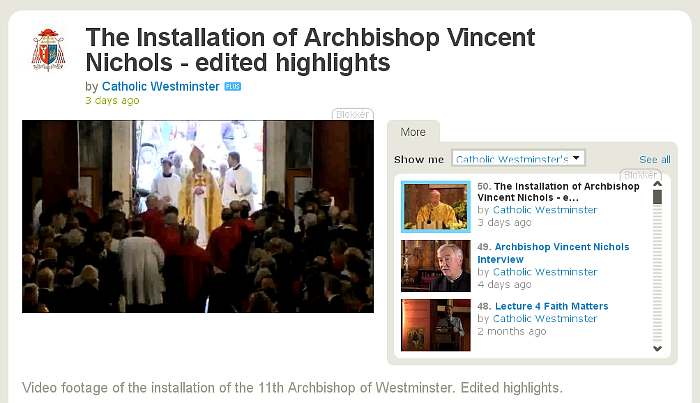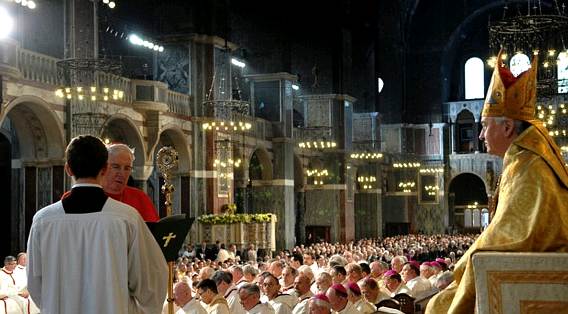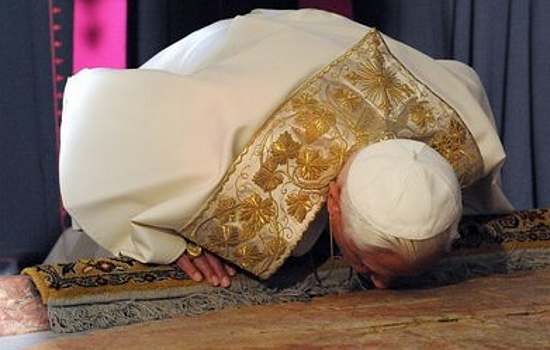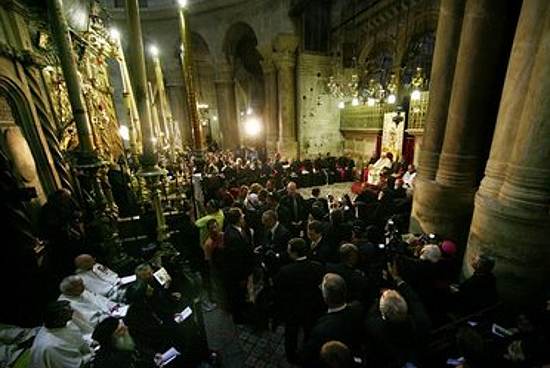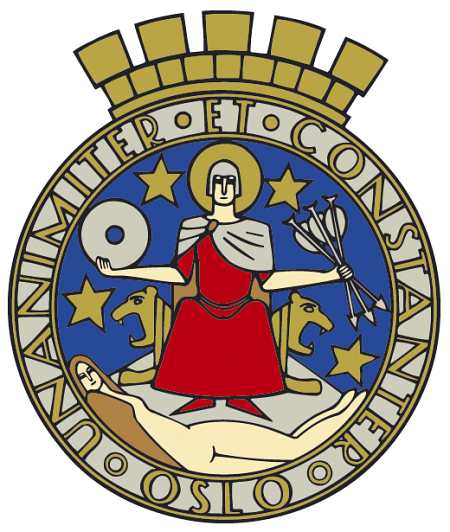Mer om den nye engelske oversettelsen av messen
Biskop Serratelli, i Paterson, New Jersey, er formann for de amerikanske biskopenes liturgikomité, og holdt et foredrag i oktober 2008 om prinisppene bak den nye (og lenge etterlengtede) oversettelsen av messen til engelsk. Hans foredrag om bakgrunnen for den nye oversettelsen, og prinsippene som ligger til grunn for den, er ganske interessante. Foredraget kan i sin helhet leses her (og Father Z har også en del kommentarer).
In May 2002, the publication of the (revised) Missale Romanum marked an historic moment in the life of the Church in our day. It gave an impetus to the great liturgical renewal set in motion when Vatican II issued Sacrosanctum Concilium as its first document. With Vatican II, «began … the great work of renewal of the liturgical books of the Roman Rite. [This] … work … included their translation into vernacular languages, with the purpose of bringing about in the most diligent way that renewal of the sacred Liturgy….» (Liturgiam authenticam 1 and 2).
In the enthusiasm of the aggiornamento [updating], translators set to work to produce translations that expressed the Latin Missal in modes of expression appropriate to the vernacular languages. From 1969 until 2001, the document Comme le Prévoit granted translators wide latitude in translations for the liturgy. Rather quickly in the English-speaking world, translators adopted “dynamic equivalency” as their approach to the texts. Simply stated, dynamic equivalency translates the concepts and ideas of a text, but not necessarily the literal words or expressions.
In light of the experience in the last 36 years, the Church has revisited the question of how to best translate the texts of Sacred Scripture and the liturgy. Many people had noticed the deficiency of dynamic equivalency. In 2001, the Holy See issued the instruction Liturgiam authenticam to guide translations both of the Scriptures and of liturgical texts. The new instruction did not deny the necessity of making the text accessible to the listener. But, it did refocus the attention of translators on the principle of unearthing the theological richness of the original texts. This needed balance keeps us from suffering an impoverishment of language in terms of our biblical and liturgical tradition.
Liturgiam authenticam espouses the theory of “formal equivalency”. Not just concepts, but words and expression are to be translated faithfully.
Så nevner biskopen noe prinsipper som er fulgt i den nye engelske oversettelsen – og han gir flere eksempler i selve foredraget for å illustrere: …


